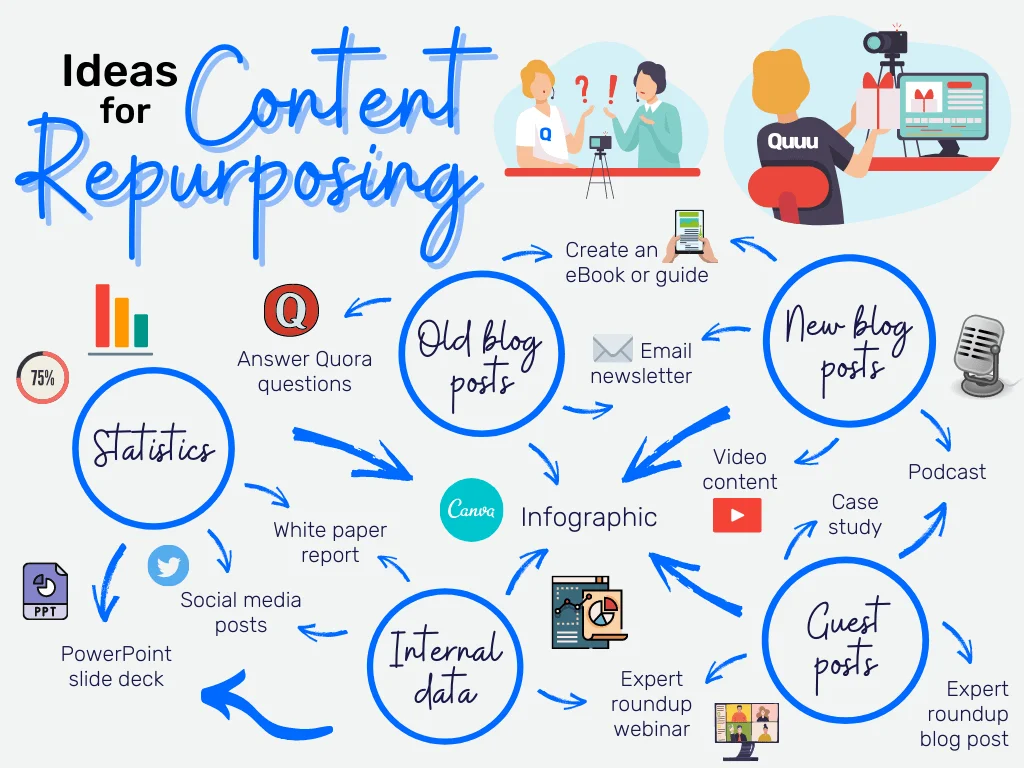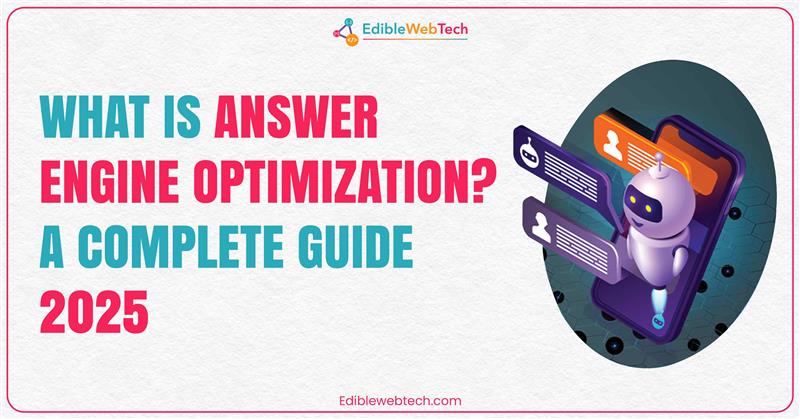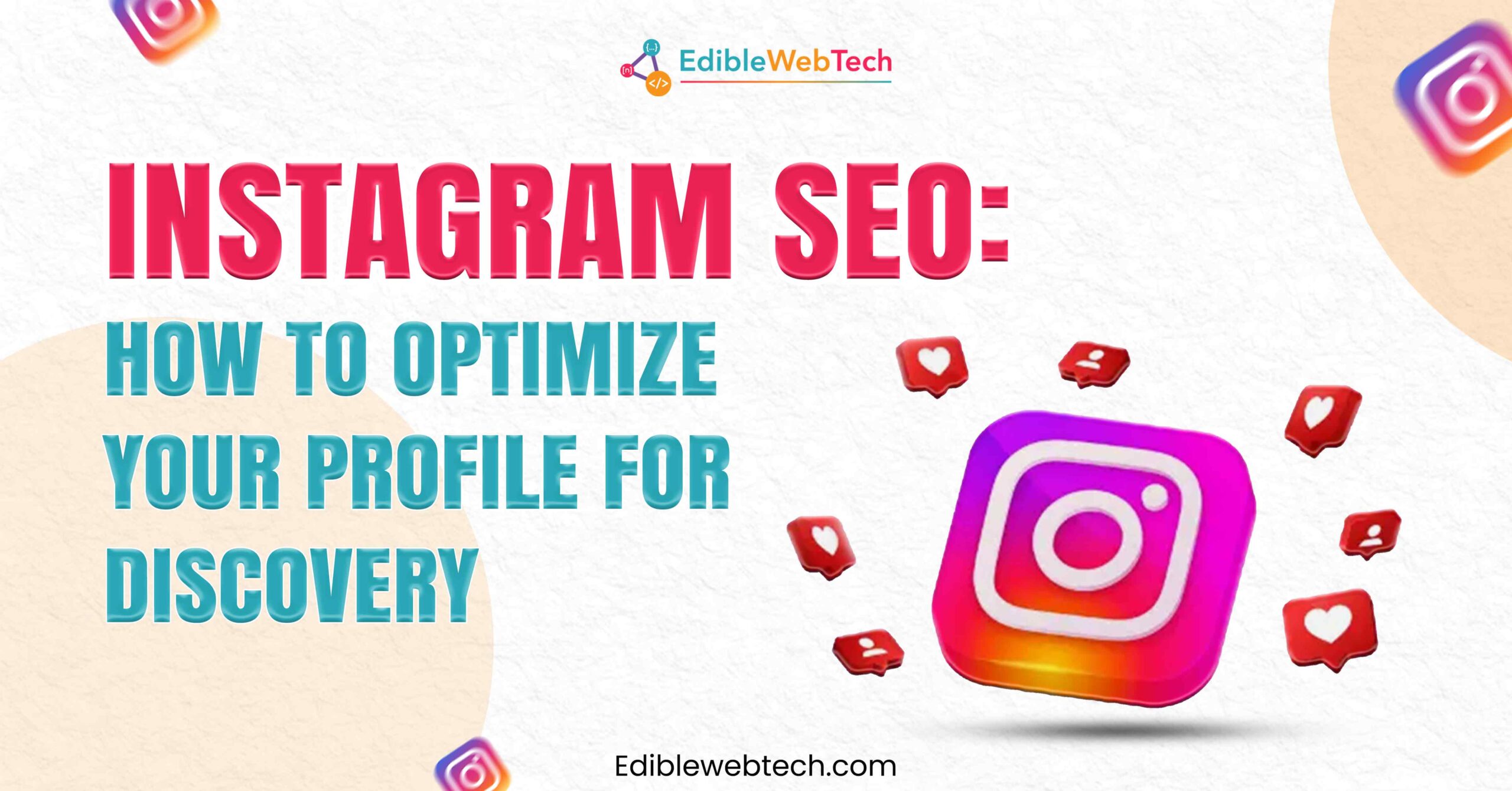You must have heard this phrase, “content is king”. Every day creating new content becomes challenging and difficult for content creators. That’s where repurposing content comes in smart way to achieve your content marketing goals without burning out your team and draining your budget.
Repurposing content means taking existing high performing content and transforming it into different formats and new audiences. It not only saves your time but also maximizes every piece of content you’ve already created. When repurposing content is done in right way, it achieves your content marketing goals like increasing visibility, more engagement and improving SEO performance. Repurposing content is not any shortcut for content creators, it’s just smart way to get more results with less effort.
According to HubSpot, marketers who strategically repurpose content are able to generate up to 60% more results while spending less time on creation.
Let’s understand how repurposing content strategy gives you more results with less effort.

What is Repurposing Content Strategy?
Repurposing content strategy is smart strategic approach for reusing existing content to update it in different formats and on various platforms. This strategy allows you to add freshness to your content without putting much effort from scratch.
For example—
A well researched blog post becomes podcast episode, infographic post, LinkedIn carousel, and an email newsletter series, all from one initial investment of time and research.
Here we used two terms i.e content repurposing and content reuse. It’s important to distinguish between content repurposing and content reuse. Content reuse means using same content again, perhaps with minor tweaks, on another platform. On the other hand, content repurposing involves creatively transforming content for new audience.
Why should you repurpose content?
With changing search engine algorithms and audience behavior rapidly, it’s essential to apply repurposing content strategy in 2025. Only posting one type of content on single platform can never lead you to achieve your marketing goals. Modern audience consumes content on different platforms like Instagram, YouTube, blog posts, podcasts, and newsletters. By repurposing, you practice multi channel marketing and ensuring that your message is available everywhere your audience spends time. You also maintain evergreen content that continues to drive results long after it’s first published.
Let’s take some real example of repurposing content—
| Gary Vaynerchuk | GaryVee is known for transforming single keynote speech into dozens of micro content pieces like quotes, reels, and tweets. |
| HubSpot | HubSpot regularly updates its older blogs with fresh statistics, visuals, and links, turning them into new SEO winners. |
| Canva | Canva repurposes design tutorials into short, engaging TikToks and Instagram reels which perfectly adapt to platform trends. |
Here are few benefits for repurposing content:
1. Maximize Your Content Reach
When you publish fresh content, it might be get average results. When you repurpose that content in new updated format, your content will get more audience reach that you never found in first time.
2. Build Message Consistency
Instead of posting something once and forgetting it, repurpose your best content so your audience sees your message more often. This works especially well if your content is strong and valuable because it helps you share it in fresh and creative ways across different platforms.
3. Improve Organic Visibility
Most website traffic still comes from organic search. Study by BrightEdge shows that it makes up about 51% of all traffic. That means repurposing your content into different formats can help more people find you through search. And if you post on other websites you might even get backlinks which can boost your visibility even more.
Also Read: Difference Between Copywriting And Content Writing (7 Key Differences You Need To Know)
How to Decide Which Content Needs to Repurpose
Not every content needs to be repurposed. You need to focus on pieces that are high performing and evergreen content. Focus on high quality content that aligns with your marketing goals and audience needs. Let’s decide which content you need to repurpose to reach new audience:
1. Focus on high performing content:
- Find the content that gets high traffic, engagement and shares. Identify—
- What has resonated with your audience the most?
- Which piece was shared the most on social media platforms?
- Which piece receives the most monthly traffic?
- Which of your videos has received the most views on YouTube?
After identifying all of these then repurpose your content in different formats on different platforms.
2. Find Evergreen Topics:
Evergreen content always remains relevant over time. Evergreen topic is continually searched by users and receive genuine interest from audiences. For example– “how to” guides, industry insights, FAQs). This strategic approach will pay you long term interests.
3. Revive Underperforming but Valuable Content
If your post has strong insights but low visibility then consider changing its format and headline. Like turn dense blog into visual infographic or short form video.
4. Align Your Goals
Before repurposing content you need to define what you want to achieve like more traffic, improved SEO, lead generation, and brand awareness. Your goals will guide which type of content and format you should focus on.
5. Research Your Competitors
Analyze how your competitors are repurposing their content. Learn their multi channel marketing strategies and adapt.

How to repurpose your content (7 Proven Ways)
1. Turn Blog Post into Podcasts
If you have high quality useful content then you transfer it into podcast episodes. Podcasts are trendy way to explain complex topics in more relaxed and easy to understand format. For example, long guide with many sections can become podcast episodes which makes your content more accessible and helps you reach wider audience. You can also add the podcast to the top of your blog post and promote it on social media and through your email list.
2. Turn Data into Case Study
Sharing case study shows your audience that you know how to use data well which builds trust and makes your blog more credible. It also helps you understand the impact of your business decisions.
You can also share the case study as blog post and offer it as free download or use it in your email marketing to boost engagement and conversions.
3. Convert Blog Content into Video
Videos are fun and easy to follow especially for visual learners. Even simple video with few graphics can grab attention. If you are using YouTube then turning blog content into videos fits perfectly into your strategy and helps you reach more people.
You can also add the video to your blog post. Just update the title to include “Video,” keep the intro, and use the video as the main content. This works well for readers who prefer quick and clear information.
4. Turn Your Content into Ebook
If one of your goals is to offer more content to your audience then try turning your existing content into an ebook.
Ebooks help build trust and make your brand look more professional. You can cover many topics like SEO, marketing tips, customer support, and expert advice.
The best part? Most of the content is already done. You just need to organize it, publish it, and share it.
You can also promote your ebook on LinkedIn to reach professionals in your industry and attract the right audience.
5. Repurpose Blog into Multiple Guest Posts
Guest posting is best way to get backlinks, grow your brand, and reach new readers.
Instead of starting from scratch, you can reuse ideas from your existing blog posts. For example if you have blog called “The Complete Guide to Creating Content Strategy,” it likely includes sections like choosing content types, doing audits, setting goals, and planning calendars.
Each section can become its own guest post. This helps you share useful info while linking back to your original blog. Just make sure to rewrite the content so it feels fresh and unique.
6. Turn Blog Post into New Article on Medium
Medium is popular platform for sharing articles and guest posts. It has around 60 million readers every month and making it great place to get noticed.
You can post original content or reuse blog posts you have already written. If your blog is new and sharing content on Medium can help you reach more people and grow your brand faster.
7. Repurpose Quora Q&A into Blog Post
Repurposing content is not just about your own website. If you answer questions on sites like Quora, you can turn those answers into blog post. It is a smart way to reuse helpful content and share it with wider audience.
Conclusion
Today people scroll fast and algorithms change often. Repurposing content is smart way to stay visible, consistent, and save time.
It helps you share your best ideas in different formats, boost SEO, and keep your audience engaged without starting from scratch every time.
Start small: update one blog, turn case study into short video, or share podcast clips on LinkedIn. As you keep going, you will see how effective this strategy really is.
Need help repurposing your content? Contact Edible WebTech and let’s turn your existing ideas into new opportunities for growth.




